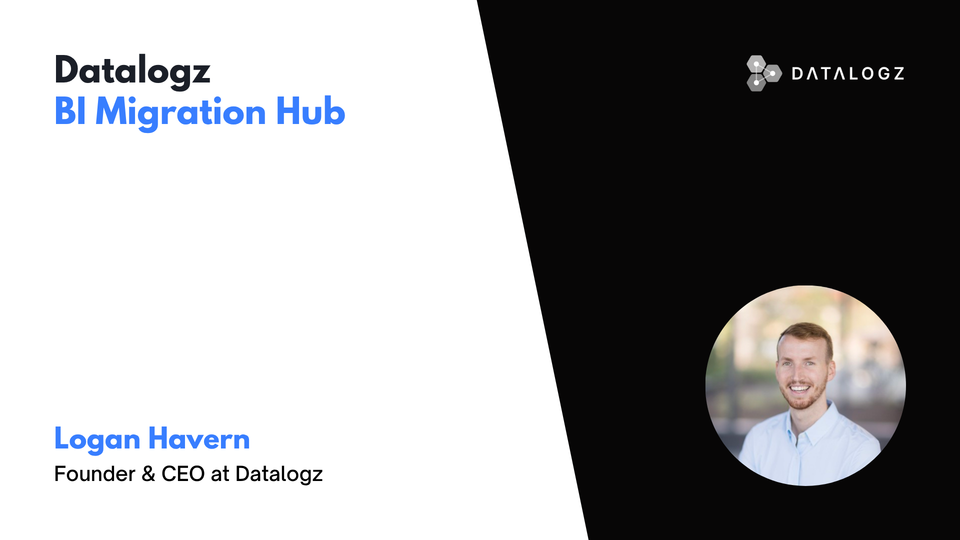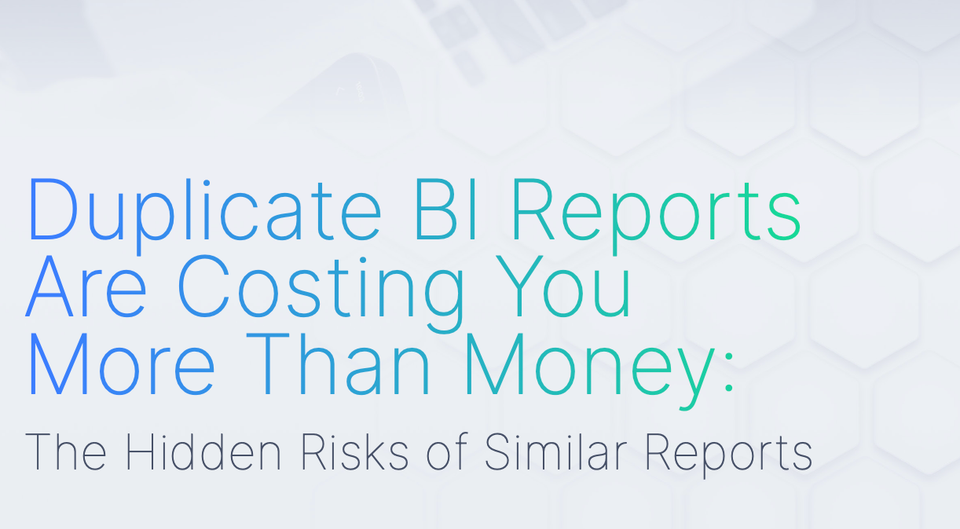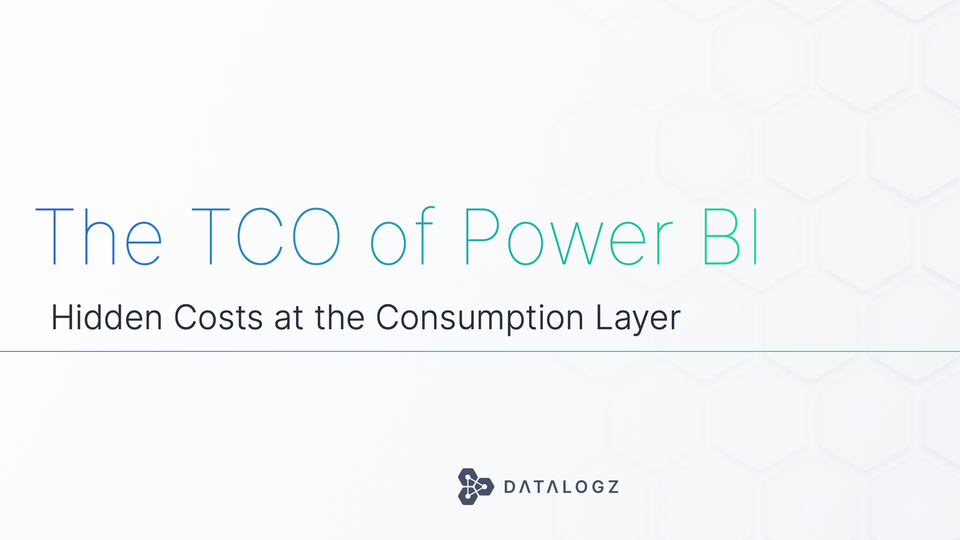Fortifying the Fortress: Enhancing Data Security in Business Intelligence Environments
Explore strategies to enhance data security in Business Intelligence environments, including robust access control, data encryption, regular audits, and user education.

In the data-driven era, Business Intelligence (BI) is the linchpin for many organizations seeking to harness insights from data to drive strategic decisions. However, as the volume and value of data increase, so do the risks associated with data security. This blog post delves into practical strategies for enhancing data security within BI environments, safeguarding your precious data assets while maximizing their potential.
Understanding the Importance of Data Security in BI
The importance of data security within a Business Intelligence environment cannot be overstated. Organizations amass vast amounts of sensitive data, becoming enticing targets for cybercriminals. Breaches can lead to significant financial losses, reputational damage, and even legal consequences.
Moreover, as compliance regulations become increasingly stringent, ensuring data security is not just about safeguarding against threats but also about remaining compliant. Hence, organizations must build robust security measures into their BI strategy to protect their data while extracting meaningful insights.
Deploying Strong Access Control Measures
One of the fundamental steps to securing BI environments involves establishing strong access control measures. Organizations can significantly mitigate the risk of unauthorized data access or breaches by controlling who can access the data, when, and how. Datalogz can immensely help you with this measure.
Implementing role-based access control (RBAC) is an effective strategy. RBAC allows organizations to assign data access rights based on user roles, ensuring that individuals can only access the data they need for their job. Further, two-factor authentication and rigorous password policies can add an additional layer of security.
Ensuring Data Encryption
Data encryption, which transforms data into a code to prevent unauthorized access, is a powerful weapon in the data security arsenal. Implementing encryption for data-at-rest and data-in-transit within the BI environment can significantly reduce the risk of data theft or leakage.
Moreover, end-to-end encryption ensures that the data remains secure throughout its journey, from the moment it’s generated until it’s used for analysis or reporting. This ensures that even if data falls into the wrong hands, it remains unreadable and hence, useless.
Regularly Auditing and Monitoring Data Activity
Regularly auditing and monitoring data activity within the BI environment is a critical security practice. This helps organizations detect abnormal data access or usage patterns, identify potential security threats, and take proactive measures to mitigate them.
Automated tools can help in real-time monitoring of data activity, sending alerts in case of any suspicious activity. Additionally, regular security audits can assess the effectiveness of current security measures and identify areas that require improvement.
Educating Users about Data Security Practices
The human factor is often the weakest link in data security. Hence, user education is crucial to enhancing security in a BI environment. Regular training sessions can help users understand the importance of data security, their role in maintaining it, and best practices they should follow, such as recognizing phishing attempts and ensuring secure data handling.
Moreover, creating a culture of data security can drive behavioral changes, encouraging users to prioritize security and adhere to the organization’s data security protocols.
In conclusion, as BI environments continue to evolve, so do the challenges associated with data security. By implementing robust access controls, ensuring data encryption, conducting regular audits, and educating users, organizations can significantly enhance the security of their BI environments. Remember, effective data security is an ongoing process, and organizations must stay vigilant, proactive, and adaptive in their approach.




